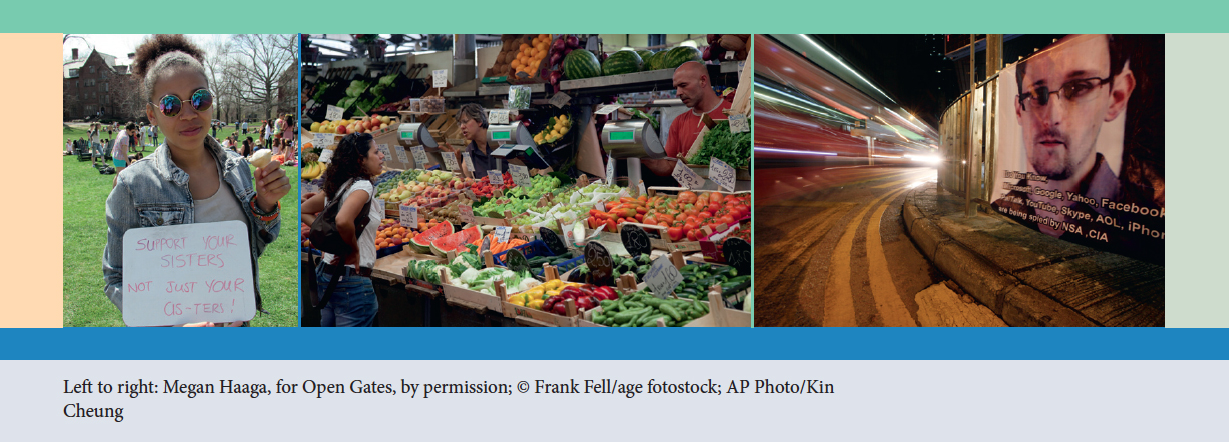Chapter 26: What Should “Diversity on Campus” Mean and Why?
26
What Should “Diversity on Campus” Mean and Why?

Visit your school’s homepage, and look for information about diversity; if you don’t find a link there, use the search function to see how long it takes to get information about diversity on your campus. We predict it won’t take long. Once you find that information, see what’s included — and what’s not. Be sure to look at any images you find. If your school is like most, you might end up concluding that diversity has a meaning on campus that is narrower than the Oxford English Dictionary’s definition of the term: “the condition or quality of being diverse, different, or varied; difference, unlikeness.” (For linguists, cases of semantic narrowing like this one often stand as evidence that social change of one sort or another is taking place in the community where the narrowing occurs.) The arguments in this chapter challenge you to think about the meaning of diversity on your own campus — what it might mean, what it should mean, and whether it’s relevant at all.
The chapter opens with a portfolio of visual arguments about diversity in general or some specific facet of the topic. Each poster comes from a different campus, and each serves as a definitional argument of sorts. The second selection, “A Campus More Colorful Than Reality,” is a transcript of a 2013 National Public Radio story that examines the common practice among colleges of overrepresenting the actual ethnic diversity found on campus in the images used in recruitment materials. The example examined involved Photoshopping the image of an African American student into a photo of an event he never attended.
Sarah Fraas, an undergraduate at Smith College, takes the discussion in a very different direction as she examines the situation of trans women at women’s colleges, especially her own. Transgender students face challenges on all campuses, but they present a special challenge for single-sex institutions like women’s colleges. The issue hinges on the definition of woman, which Fraas addresses in her editorial for her campus newspaper. Young M. Kim and James S. Cole, in an excerpt from their report Student Veterans/Service Members’ Engagement in College and University Life and Education, consider another growing population on U.S. campuses: veterans and active service members. Recent U.S. military involvement in the Middle East, in particular, has resulted in a growing number of vets on campus. In an excerpt from her 2014 book, Muslim American Women on Campus: Undergraduate Social Life and Identity, Shabana Mir reports on her ethnographic study of the double bind in which Muslim women find themselves as they struggle to balance the expectations of the Muslim community and of peers against a background of strong cultural stereotypes of what it means to be a Muslim woman.
Georgetown Law professor Sheryll Cashin, in a selection from her 2014 book, Place, Not Race, offers what she terms a “new vision of fairness” for American campuses — and the society at large. Cashin wants us to shift our attention away from what she terms “optical diversity” to dealing with a broader set of issues than skin color alone. The chapter closes with a complementary excerpt from the introduction to Walter Benn Michaels’s 2006 book, The Trouble with Diversity: How We Learned to Love Identity and Ignore Inequality. Michaels argues that our discussions of diversity, especially when focused on ethnic or racial diversity, are simply on the wrong track. Such discussions may keep us occupied, but they conveniently prevent us from dealing with deeper, more serious issues that we all work hard to avoid.